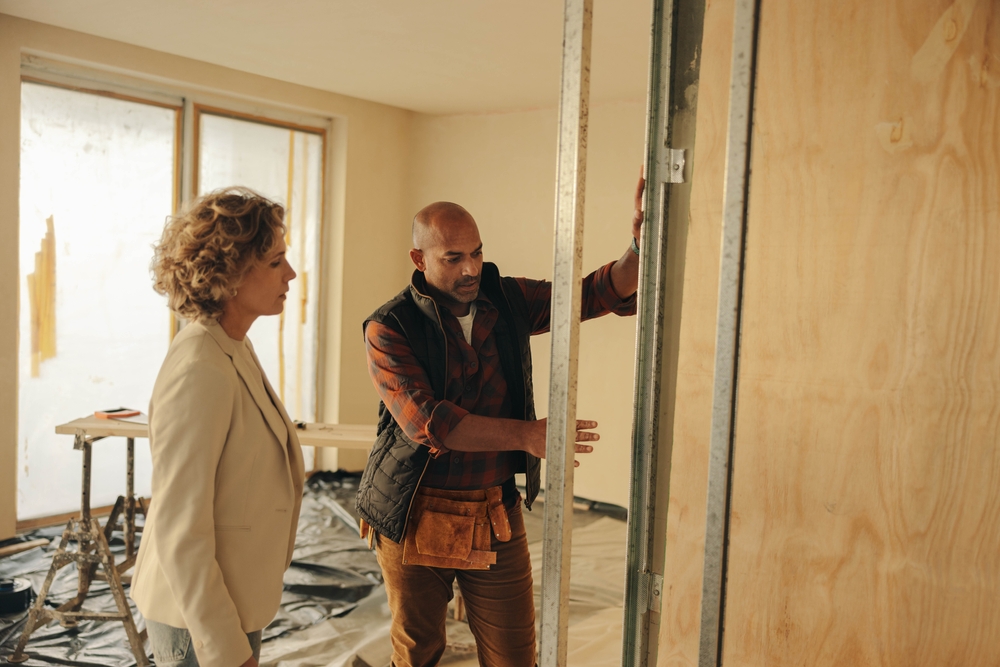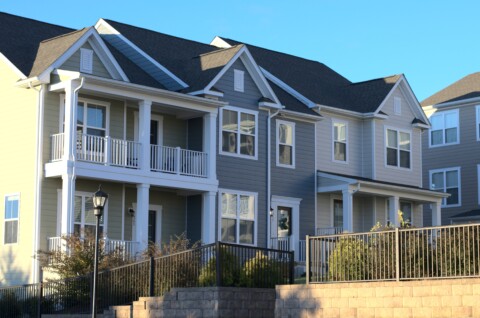Starting a renovation project can be thrilling and intimidating at the same time. Although the prospect of turning your living area into your ideal home is alluring, there are many possible hazards along the way. Renovation errors can quickly turn your dream project into a nightmare, from overspending to poor design. In order to ensure a seamless and fruitful renovation experience, we’ll examine common renovation pitfalls in this guide and provide helpful advice on how to avoid them.
- Underestimating the Budget: Probably the most frequent renovation error is not accounting for the full cost of the work. Renovation budgets have a propensity to go out of control if they are not carefully planned, from materials and labor to unforeseen expenses and delays. Spend time carefully researching and allocating funds for each project component to steer clear of this pitfalls. Get several quotes from suppliers and contractors, and don’t forget to account for a contingency fund in case there are unforeseen expenses during the project.

- Ignoring the Value of Planning: Starting a renovation project without a detailed plan in place is a serious mistake. Inadequate planning and hasty construction can result in expensive errors and regrettable design choices later on. Spend some time carefully planning out every aspect of the project before beginning any work, including the layout, design, materials, and finishes. If required, seek the advice of design experts, and make sure you have all required permissions or approvals before starting any construction.
- Ignoring Structural Issues: Any renovation project that ignores structural issues is doomed to failure. Ignoring structural defects like damaged wiring, leaky plumbing, or unstable foundations can result in expensive future repairs and significant safety risks. Make sure you properly inspect your home for any indications of structural damage or deterioration before starting any cosmetic upgrades. By taking care of these problems now, you can protect the integrity and safety of your house and avoid future expensive headaches.
- Sacrificing Quality for Cost: When it comes to materials and labor, many homeowners make the error of sacrificing quality in an attempt to save money. In the short term, using less expensive materials or skimping on craftsmanship might seem like a sensible choice, but in the long run, these decisions frequently result in subpar work and expensive repairs. Instead, when choosing materials and hiring contractors, give priority to quality and durability. Invest in premium supplies and knowledgeable workers to make sure your renovation lasts a lifetime.
- Failing to Communicate: Although it’s a common mistake that many homeowners make, effective communication is essential to a successful renovation project. Misunderstandings, delays, and expensive errors can result from not communicating with your contractor, designer, and other stakeholders in an unambiguous and consistent manner. From the beginning of the project, establish open channels of communication and make sure to express your expectations, worries, and preferences in a clear and succinct manner. To make sure that everyone is on the same page and to proactively address any issues or concerns, check in with your team on a regular basis.
- Over-customizing Your Design: Over-customizing your design can be an expensive mistake, even though it’s normal to want to personalize your renovation to reflect your distinct style and preferences. Excessive customizations and trendy design choices might suit your taste at first, but they might soon grow out of date or become unfeasible. Rather, choose classic architectural features and adaptable coatings that will withstand the ages and draw in a diverse pool of prospective purchasers should you ever decide to sell your house.

- Not Considering the Future: Lastly, neglecting to consider the future is a common renovation error. It’s crucial to create a space that suits your preferences and needs today, but it’s also critical to take future needs into account. Make sure your renovation is flexible enough for you to adjust to changing needs as your family grows, as you age in place, or for other reasons. To guarantee that your house stays comfortable and functional for many years to come, incorporate universal design principles and flexible design elements.
Conclusion:
As a result, even though remodeling projects have the potential to turn your house into a unique haven, there are a lot of possible hazards involved. You can guarantee a smooth and successful renovation experience by avoiding common mistakes like underestimating the budget, skipping over proper planning, ignoring structural issues, sacrificing quality for cost, failing to communicate, over-customizing your design, and failing to plan for the future. Without succumbing to typical mistakes along the way, you can make your renovation dreams come true with meticulous planning, close attention to detail, and effective communication.









